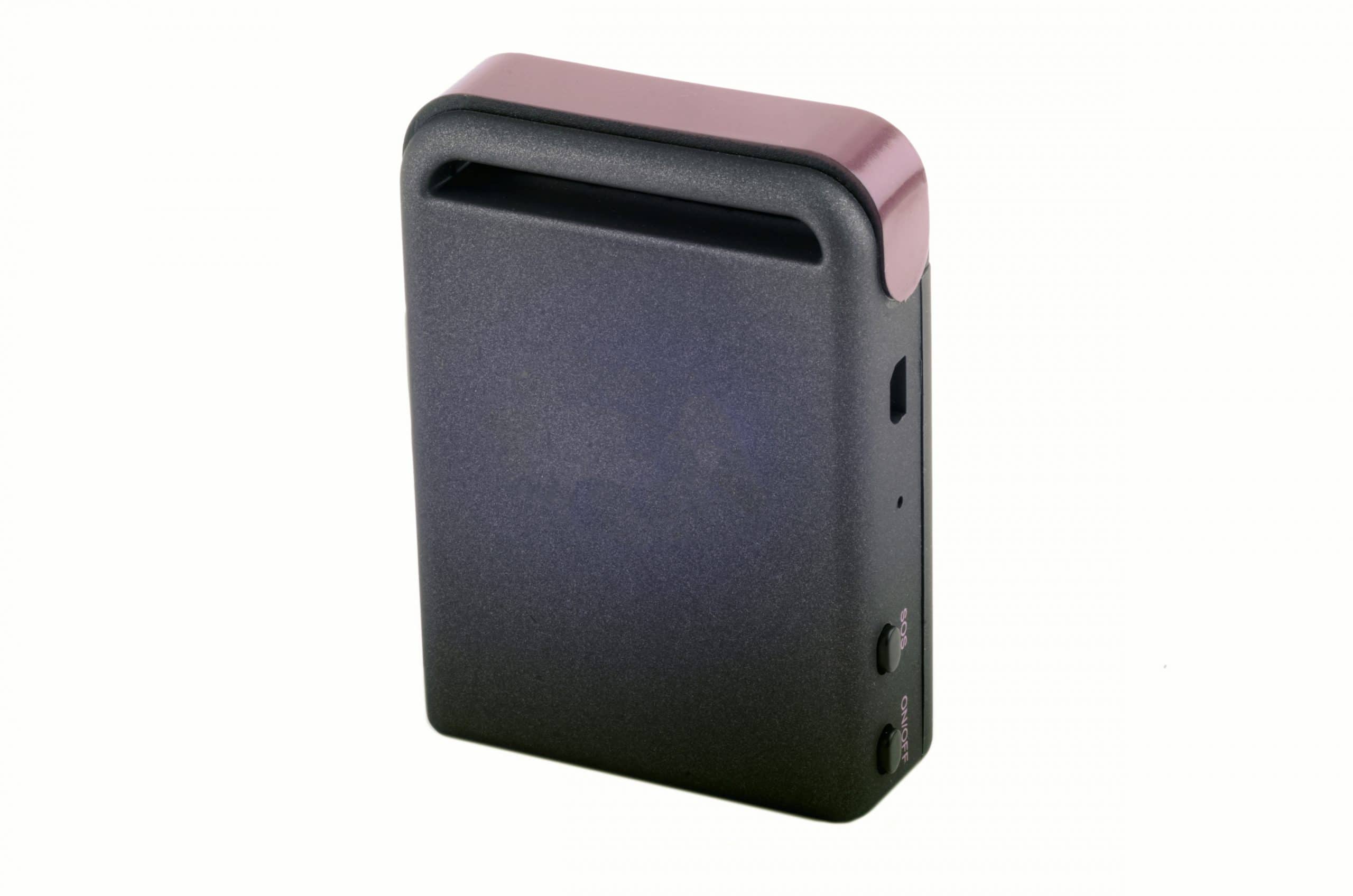Businesses across various industries rely heavily on the seamless functioning of their equipment to stay competitive and efficient. Whether it’s construction machinery, delivery trucks, or manufacturing tools, the ability to monitor and manage these assets is crucial.
Enter GPS trackers for equipment, a game-changing innovation that has transformed the way organizations safeguard and optimize their critical equipment. GPS tracking has become a strategic necessity for businesses that want to streamline their operations, increase productivity, and save money.
By providing real-time visibility into the location and status of assets, GPS tracking systems empower companies to make informed decisions, identify potential issues, and react to unforeseen circumstances. It has become a vital piece of the overall puzzle, helping companies stay nimble, competitive, and financially strong in today’s fast-paced and challenging market.
What are GPS Trackers for Equipment?

GPS tracking for equipment, often called asset tracking, is a technology-based solution that involves the use of GPS to monitor and manage various types of equipment and assets. This technology lets organizations track the location, status, and performance of their valuable equipment in real-time or on a scheduled basis.
Types of GPS Trackers for Equipment
Battery-powered GPS trackers
Battery-powered trackers are portable, self-contained, and run on batteries. A common example of these are the small ones that many dog owners use to keep track of their beloved animal. They are ideal for tracking equipment that doesn’t have a power source or where wiring is impractical, such as for small, but expensive equipment.
Hardwired GPS trackers
Hardwired trackers are connected directly to the equipment’s power source and provide continuous tracking without concerns about battery life. Many construction companies use hardwired GPS trackers to manage their vehicles and industrial equipment.
OBD-II GPS trackers
Delivery companies and other fleets of vehicles use OBD-II GPS trackers, or On-Board Diagnostics. This type of tracker helps provide tracking and real-time data on vehicle location and diagnostics.
Satellite GPS trackers
Satellite-based trackers work in remote or off-grid locations where cellular network coverage may be limited or unavailable. They use satellite communication to transmit data and are often used for tracking assets in remote areas like oil rigs.
Telematics systems
Telematics combines GPS technology with data transmission to provide extensive information about equipment, including location, usage, and performance data. It’s often used in fleet management for vehicles and heavy machinery.
Cellular trackers
Cellular trackers use mobile networks to transmit location and data about equipment. They are often used in remote areas where GPS signals may be weak.
The Importance of of Asset Management
Having effective asset management is one of the most important aspects of GPS tracking implementation. GPS trackers for equipment provide not only real-time data on the location, status, and performance of assets, but it also provides a system of management that maximizes their value.
By tracking assets, businesses can optimize resource allocation, reduce downtime, and ensure timely maintenance. For example, a construction company can use GPS data to understand how often and when a piece of equipment is used. That information can then allow the company to make informed decisions about equipment rentals and sales.
Asset management that is managed by GPS tracking also helps with security by allowing companies to know when a piece of equipment has been stolen or when there is unauthorized usage.
How GPS Tracking Enhances Equipment Management
GPS trackers have revolutionized equipment management in various industries by providing real-time visibility and data-driven insights into the location, status, and performance of their assets.
Real-time location tracking
GPS tracking allows organizations to pinpoint the exact location of equipment at any given moment. This real-time data optimizes asset deployment, ensuring that the equipment is where it needs to be, reducing downtime, and improving overall operational efficiency.
Understand how equipment is used
With GPS tracking, companies can monitor how often equipment is in use and for what duration. This information helps identify underutilized assets, enabling organizations to redistribute equipment and make informed decisions about purchasing or renting additional assets.
Route optimization
For mobile assets like trucks and vehicles, GPS tracking helps optimize routes, reducing fuel consumption, and lowering travel time. Finding the best route can help companies lower operational costs, reduce maintenance on vehicles, and lessen their environmental impact.
Better equipment security
One of the best benefits of GPS trackers for equipment is that it helps to enhance security by providing instant alerts in case of theft or authorized use. Geofencing GPS tracking also allows organizations to create boundaries, which will trigger alerts if the equipment moves outside of the designated area or during non-working hours.
GPS tracking technology is a powerful tool that helps enhance equipment management by providing real-time location data, improving maintenance practices, and enhancing security. It helps organizations save time, money, and enables them to operate more efficiently.
GPS Tracking vs. Traditional Methods
GPS trackers for equipment have greatly changed the way companies keep track of equipment, log data, and structure their maintenance—all with real-time data. In the past, equipment tracking was kept only by manual record-keeping and periodic physical checking.
For example, if a tool was taken from a locked storage, it was up to the person taking out the tool to record it. If it was recorded and the tool went missing, it was much more difficult to track it down.
Today, however, that tool could have a GPS tracker on it or a geofence around the site, allowing data to transmit where the tool is at all times. The real-time data offers unparalleled advantages, including the ability to optimize asset deployment on the fly, reduce costly idle times, and improve overall operational efficiency.
Traditional methods, however, are more prone to human error, delays in data collection, and limited visibility into asset utilization. Additionally, GPS trackers for equipment creates a database of historical data that can help identify trends and areas for improvements, enabling data-driven decision-making and allowing companies to have a competitive edge over others.
What to Consider When Choosing a GPS Tracker for Your Equipment
When selecting a GPS tracker for your company, there are several important factors that should be taken into consideration to ensure that your solution aligns with your specific needs and type of company.
Some of these considerations include:
Tracking requirements
Define your tracking needs. Are you primarily concerned with location tracking, or do you also need data on equipment performance, like operating hours or engine diagnostics? Knowing your requirements will help guide your choice.
Power source
Determine whether your equipment can provide a power source for the GPS trackers or if it needs a battery-powered solution. If you require a battery-powered GPS tracker for equipment, consider the life of the battery, which can vary significantly among devices.
Coverage area
Some GPS trackers for equipment rely on cellular networks, while others use satellite communications. Ensure whatever solution you choose has coverage in your equipment’s operational area.
Real-time tracking
Depending on what you are using your GPS tracker for, decide if you need real-time tracking or if periodic updates are enough. If your equipment needs constant monitoring, choose one that has real-time updates.
Alerts
Look for GPS trackers that offer customizable alerts and notifications. These can include geofencing alerts, maintenance reminders, and theft detection alerts.
Integration capabilities
If you plan to integrate the GPS tracking data with other software or systems, such as fleet management, choose a solution that offers compatible APIs and integration options.
By carefully considering these factors and conducting thorough research, you can choose the GPS tracker that best fits your equipment management needs, helping you improve efficiency, security, and overall asset management.
Embracing GPS Tracking for Equipment

The adoption of GPS trackers for equipment management represents a huge shift in how businesses across numerous industries oversee their valuable assets. Today, GPS trackers have emerged as indispensable tools, fundamentally changing the way organizations safeguard, optimize, and leverage their equipment.
GPS tracking systems have become strategic necessities, offering real-time visibility into asset location and performance data. This capability empowers companies to make informed decisions, find potential issues, and respond effectively to unexpected situations.
With the increasing sophistication of GPS tracking solutions, including integration capabilities and data analytics, it’s clear that GPS tracking is more than just a tool—it’s a key puzzle piece in achieving operational excellence.
At Cellbusters, our innovative products play an important role in safeguarding individuals, businesses, and even national security facilities from evolving threats, including the use of GPS trackers to scan for unauthorized devices. For example, we collaborated with USPS security to combat illicit activities involving GPS trackers used to monitor packages passing through security scan buildings.
As GPS tracking solutions become increasingly sophisticated, GPS tracking is not merely a tool; it’s an essential component in achieving operational excellence and enhancing security.







